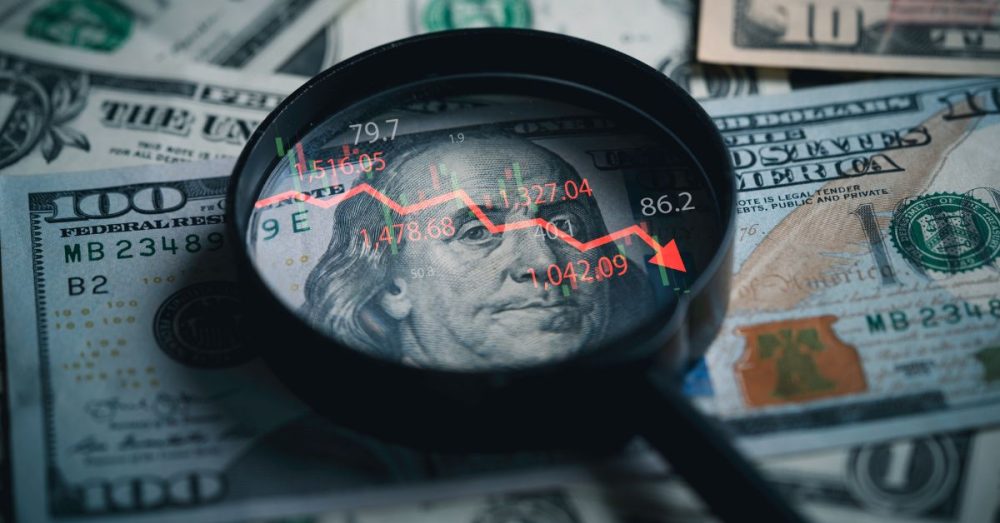More economic indicators suggest that the U.S. economy is heading for a hard landing despite the Fed’s recent slashing of interest rates.
It’s now taking those who are unemployed longer to find a job than the length of their unemployment benefits. In addition, the number of people working part-time has climbed to the highest number since the government began tracking such data.
According to Danielle DiMartino Booth, CEO and chief strategist for QI Research and a former advisor to the Federal Reserve Bank of Dallas, the U.S. has been in a “plain vanilla recession” since October. Booth claims that the weak job market and increased Chapter 11 bankruptcy filings are evidence of this.
“I personally see the recession as having started in October 2023 because that’s the first time that the McKelvey Rule, which is less arduous than the Sahm Rule – and it doesn’t date back to 1948, it dates back to 1968 – but it has not missed a single recession since then,” she said in an August interview.
The McKelvey Rule is an economic indicator that signals a recession when the unemployment rate is 0.3 percentage points higher than the 12-month low. It’s similar to the Sahm Rule, which is triggered when the unemployment rate is 0.5 percentage points higher than the 12-month low.
Business Insider reports on the latest economic data leading Booth to believe that the U.S. is either already in or headed for a recession. Here’s the start of the story:
Developments in the labor market show that the US economy isn’t on solid footing, according to Danielle DiMartino Booth.
The veteran forecaster and QI Research founder pointed to continued signs of weakness in the US job market, zooming in on a few key areas that are flashing signs of trouble.
Booth said that more workers who once qualified for unemployment insurance are now rolling off of their benefits. Workers in most states have 26 weeks of paid unemployment benefits, but according to the Bureau of Labor Statistics, 21% of workers are now taking more than 27 weeks to find a new job, up 3% from last year.
The average unemployment duration in the US climbed to 21 weeks in September, government data shows.
The second factor is the number of part-time workers in the US, which has climbed to an all-time high and suggests that the hiring picture isn’t as strong as may appear. The number of employees that usually work part-time climbed to 28.2 million in August, the highest number since the government began recording the data in the 1960s, BLS data shows.


